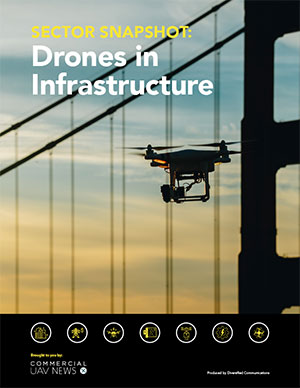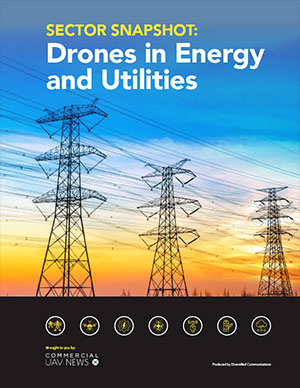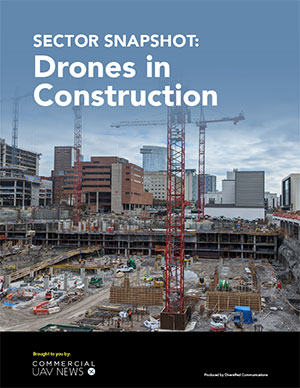Every industry is continuing to react to the advent of new tools powered by artificial intelligence, whether it be working with large language models to streamline tedious tasks or utilizing advanced machine learning algorithms to analyze vast swaths of data. The utility industry, however, may have one of the most interesting relationships with this burgeoning technology. On the one hand, they are using the tool in many of the same ways that other sectors around the world are, but at the same time, they are also charged with ensuring the data centers powering this technology remain up and running. This creates a loop of sorts, one that is only becoming more complex and intertwining as time moves forward.
Now, trends and regulations within the commercial drone industry are poised to drive even more use of the technology within the artificial intelligence industry, according to Vik Chaudhry. The co-founder and CTO of Buzz Solutions, Chaudhry, has spent his professional life working in the power and utilities sector, and the company provides AI-based tools for inspections of these systems. With Buzz Solutions’ founding coming in 2017, they have seen the full rise of AI over the last half-decade, marked by the launch of OpenAI’s ChatGPT. In a recent conversation with Commercial UAV News, he explained his belief that new regulations around BVLOS drone operations will lead to even more of a need for these workflows within the sector.
It’s worth taking a step back before looking forward and examining how inspection workflows currently operate for major utility companies around the United States. For Buzz Solutions’ customers, Chaudhry estimates that “about 60 percent” of the imagery data collected for inspections comes from drones, with other data coming from helicopter-based patrols and even some ground-based imagery. Engineers and other professionals within the utilities companies then take that imagery and inspect systems for anomalies and potential defects, trying to catch potential breakdowns before they happen.
The issue is that there is a lot of data coming in on a yearly, monthly, and even daily basis, particularly for the major utility companies around the country. Inspecting all of this imagery manually – Chaudhry told Commercial UAV News that an unnamed utility in California, as an example, captures 20 million images on a yearly basis – becomes extremely tedious and nearly impossible with that much data, particularly given the level of skill and expertise by those who would be tasked with this job.
“These are highly specialized field engineers, electrical engineers, and inspectors who shouldn’t be looking at images eight hours a day, five days a week,” Chaudhry said. “That’s just a mundane task, so let the machine handle that.”
This is the kind of tool that Buzz Solutions provides, and it’s something that’s only going to be more important as BVLOS operations become more commonplace, allowing for even more data to be captured. Chaudhry notes that some of their bigger customers have already received BVLOS waivers and are completing these operations already, pointing to the New York Power Authority as one such example. In addition to organizations receiving these waivers, he pointed to drone-in-a-box solutions and drone docks as complementary technologies that will allow for even more automated and frequent data collection.

With these new technologies, utilities will have more information than ever before about their systems, providing more opportunities to catch potential defects before major consequences are felt. At the same time, this means more information will need to be analyzed, with Chaudhry estimating that BVLOS operations and other technological advancements will result in a tenfold increase in imagery collected.
That brings us back to the loop mentioned at the top of the article, a relationship that is only going to become more important in the coming years. As Chaudhry explains, more AI tools mean a great need for data centers to power the technology. This increase in data centers then leads to more demand for power to keep the data centers running, putting more of a strain on utilities. And finally, as explained above, utilities need to increasingly lean on these AI tools to maintain that grid as more data is collected and more demand is being heaped onto the systems.
The recently released Part 108 NPRM, once in its final form, will unlock new avenues toward BVLOS operations and ultimately new workflows within the commercial drone sector. For the utilities space specifically, it will mean a plethora of data with which to work when inspecting systems and ensuring power remains consistent for all of their customers. And there is going to be a natural relationship between BVLOS and AI for this sector, with more data leading to more AI usage, which leads to more need for consistent power, which leads to a need for more data, and on and on we go.
“There is an emphasis on AI, as we move into the world of automated, BVLOS operations,” Chaudhry said. “As I’ve said, there could be a 10X increase in data by volume, and utilities will need to stay ahead of that.”















Comments